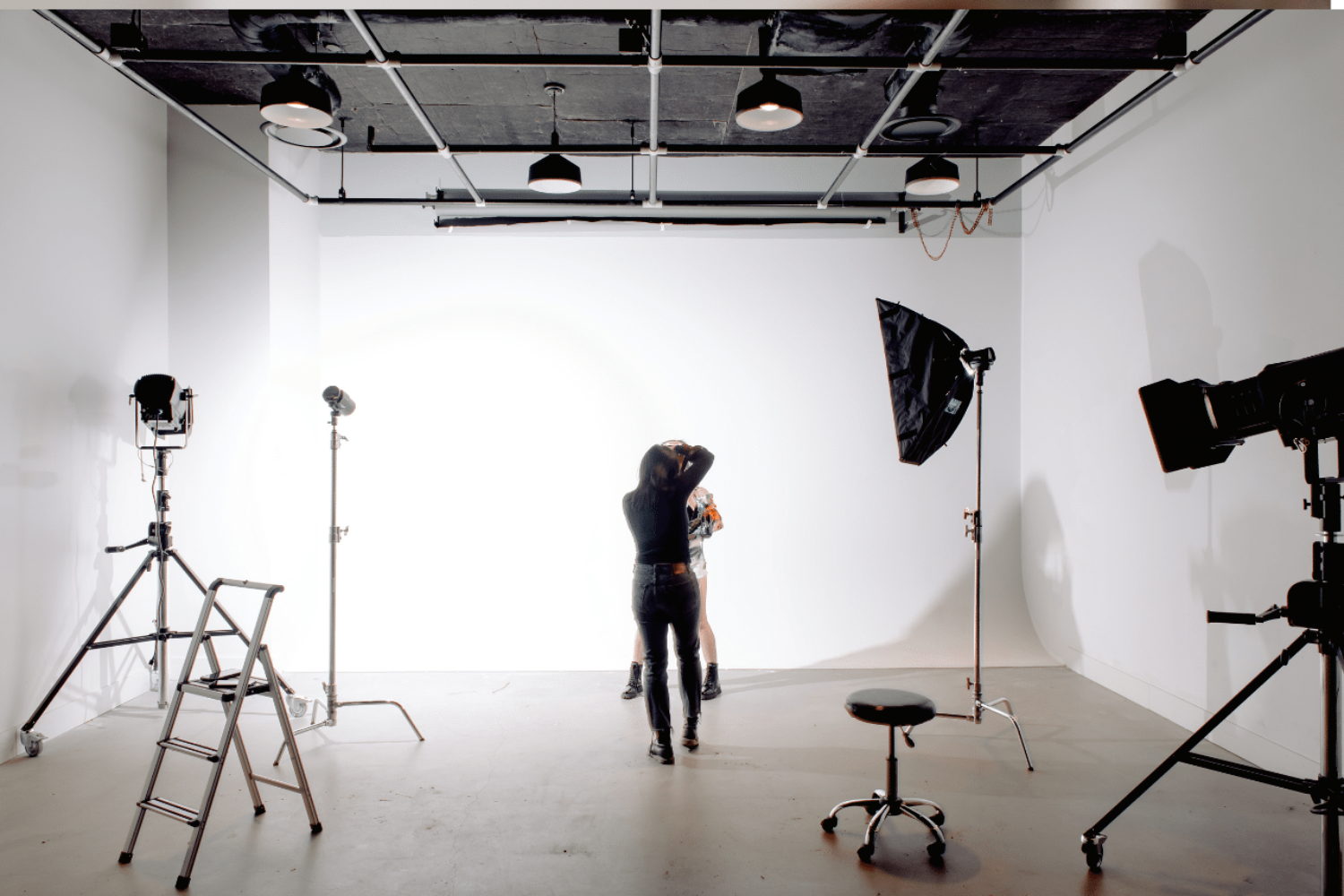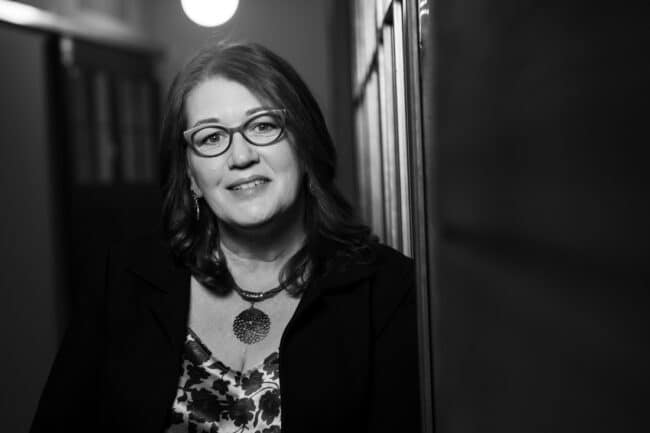Arthur Brisbane once remarked at an advertising banquet in 1911, “A picture is worth a thousand words.” This adage rings particularly true when we observe photographs of people, including ourselves. Images serve as a silent narrative, informing our perceptions of whether someone is photogenic. It’s not uncommon to critique our own photos with a sigh, lamenting, “I’m just not very photogenic.”
But what underlies this belief? The crux of the issue is our inability to accurately assess how we appear to others. We create a dialogue in our heads about who we are, what we look like and how capable we are. And this can trick us into believing a different narrative about ourselves than how others actually perceive us to be, or even what is actually true.
A thought-provoking New York Times article revealed that the idea of some individuals being more photogenic than others lacks substantial evidence. It suggests that the term “photogenic” might instead denote a person’s practiced comfort in front of the camera. This idea is supported by a 2017 study where “participants generally preferred very different photos of themselves to the ones their peers did”. So even our own perceptions about our attractiveness are skewed!
It is likely that what the camera truly captures is a sense of ease. Why is it that many lack this composure? Could it originate from an ancient superstition that a photograph can capture a person’s soul or essence because it can freeze, not only a moment in time, but also the emotions and energy? Or could it involve an unrecognized bias? For example, the calibration of Kodak’s film, historically tailored to a “Shirley” card depicting a white, blonde woman, led to inaccurate depictions of darker skin tones—a reminder of how biases can infiltrate even our technological tools.
Indeed, Brisbane was on point: a photograph encapsulates a spectrum of unspoken words. Emotions, whether of discomfort or ease, are immortalized in our images. And this translates beyond photography. In essence, the photogenic quality arises from an intangible sense of ease that is often captured as a natural, unguarded moment where the subject’s personality and emotions are conveyed effortlessly, infusing the image with authenticity.
Therefore, when we peer into our internal camera—the perspective we have of ourselves—it should harmonize with how we’re viewed through the lenses of those around us. Taking a photograph is similar to finding the delicate balance between self-awareness and external perception. This harmony fosters the ease that is essential to being photogenic.
When the image we have of ourselves matches the picture others hold, it’s as if the camera clicks at the perfect moment—capturing a harmony between our self-perception and our outward expression in full living color. This is the sweet spot; it’s the genuine smile that needs no prompt, the natural poise that requires no rehearsal. It is this alignment that Paul Simon understood when writing “don’t take my Kodachrome away” because it communicates the emotions and colors we aspire to have everyday.
In conclusion, if a picture truly speaks a thousand words, and a photograph can capture our essence, then possessing a sense of ease can align the narrative we tell ourselves with the image others perceive.


